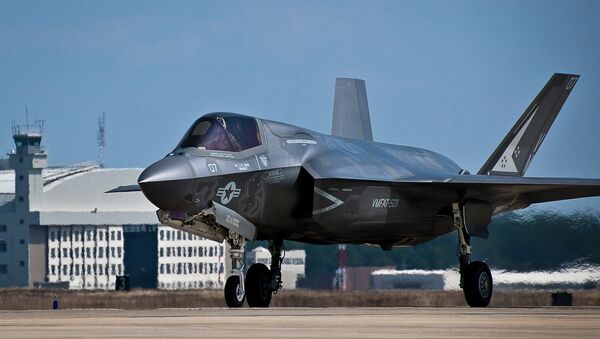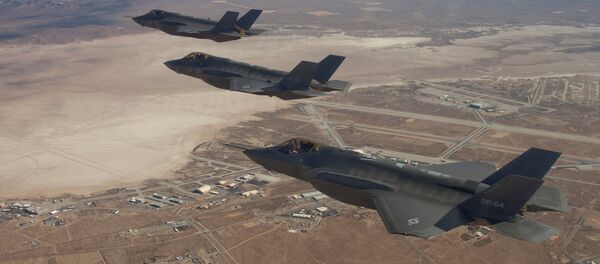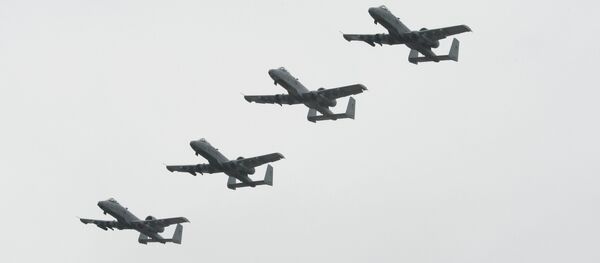Pilots have experienced breathing issues, described by the US Air Force as "Unexplained Physiological Events," (UPEs) on a range of platforms, including F-35A Joint Strike Fighters, F/A-18 Super Hornets, A-10 Warthogs and T-45 training aircraft, at an alarming pace.
Hypoxia describes a state of insufficient oxygen in one's blood or tissues, according to WebMD, a medical site that notes "without oxygen, your brain, liver and other organs can be damaged just minutes after symptoms start."
"Over the past six years, there has been an increase in [physiological episode] reports through the FA-18 community," the US Navy revealed in a rare public admission last year. The report showed that four "mishaps" related to the "physiological events" resulted in the deaths of FA-18 aircrews, though the precise link between the breathing issue and cause of death was redacted.
"To date, finding a solution to the US Navy and US Marine Corps' high performance jet aircraft [physiological event] challenge has proved elusive," the Navy remarked in the review.
The US Air Force will conduct its own review led by Brig. Gen. Bobbi Jo Doorenbos in an effort to learn more about what's causing pilots to suffer hypoxia during flight and ultimately "prevent UPEs," the general said.
"Maximizing the performance of combat aircraft carries inherent risk, but it is our solemn duty as a service to provide the best equipment and training for our airmen to ensure their safety is never compromised," Lt. Gen. Chris Nowland said, adding that "despite the serious nature of these events, the overall historic rate of UPEs is incredibly low."
Specifically, historical data show that the probability of experiencing hypoxia is "less than 1 percent per year," the general noted.




